
I By Sean Newman Maroni
Quick Links:
As Betabox reaches the 10th anniversary of its founding, it’s a good time to reflect on where we’ve been and where we’re headed next. With so much change occurring in the world of education, I cannot think of a better moment to outline the strategic vision for the future of our organization, along with our thoughts on the future of technology education.
Betabox originated from a startling personal realization that the zip code someone was born in largely determines their access to a quality technology education. Growing up I was fortunate to have numerous opportunities both in and out of school to engage with technology. I grew up in a well-funded public school district, and my dad was an engineer. We had a computer (and internet) at home, a tech lab at school led by an outstanding tech ed instructor, and I even had the opportunity to participate in a work-based learning program at NASA. These experiences and mentors gave me the confidence and desire to pursue engineering.
In college, through volunteer opportunities in rural communities, I realized how uncommon my access to tech had really been. As I learned—and as so many of us already know—high-quality technology education is not equally available to students everywhere. The unfairness of the fact that, through no fault of their own, hundreds of thousands of young people never get the chance to discover a potential passion for technology was the impetus for starting Betabox.
In those early days, Betabox was just a group of friends experimenting (and frankly, struggling). We built our first "Betabox"—a retrofitted shipping container filled with borrowed makerspace equipment. It quickly became clear schools desperately needed turnkey STEM enrichment, especially rural schools. Along the way, amazing people joined the journey, bringing ideas, passion, and hard work that transformed Betabox into what it is today.
A decade later, our Onsite Field Trips run across multiple states in 100+ districts, reaching over 40,000 students annually. We've helped secure millions in funding for rural schools via partnerships with leading STEM employers, institutions, and state governments, helping schools bridge STEM learning gaps—even during a global pandemic. And we've built a high-trust team united by shared values and a common mission.
But as much as Betabox has evolved, the world has changed with us.
The evidence is undeniable that we, as a society, are transitioning into a new era of what “work” is—akin to historical shifts as significant as that of the Industrial Revolution. The American education system has some catching up to do in order for our young people to remain both globally competitive and prepared for the rapidly approaching, technology-driven future. The rise of AI and robotics is only compounding the existing need to modernize our educational infrastructure.
These technological advancements have the potential to unlock a new era of work—one that could unleash a Second Renaissance—where creative polymath types, akin to Leonardo da Vinci, will leverage emerging technological systems to create amazing things. Careers will become nonlinear and adaptive, demanding creativity, interdisciplinary thinking, and the ability to continuously adapt to change. In this new paradigm of work, practical technology skills will of course matter. But what may matter even more is the capacity for intuitive systems design (knowing which technologies to use), paired with a unique insight into a problem (often rooted in direct experience).
Success will feel less like mastering how to play a single instrument, and more like learning to conduct an entire orchestra of technology-based ‘musicians’.
The only problem? School as it stands is not preparing students for this world. Modern education was born during the industrialization era—optimized for compliance, linear careers, and predictable tasks. Students still move through school in a linear fashion grouped by age, taught within siloed subjects areas, and assessed through standardized testing. Creativity, adaptability, and interdisciplinary problem-solving tend to fit poorly into this model. Often, graduates of higher education leave school burdened with debt and degrees mismatched to an economy that has radically changed beneath them.
What results from this is a widening of existing economic divides and social stratification—where those in disconnected communities risk being left behind.
If we could snap our fingers and redesign education—not just a single school, but an entire nation’s system—what would it look like in a world shaped by this new ‘Second Renaissance Economy’? We believe it starts with four core design pillars.
Move beyond the traditional model of content delivery and start focusing on developing real-world capabilities—things like problem-solving, systems thinking, and creativity. That means replacing siloed academic subjects with interdisciplinary projects and challenges that reflect how problems are actually solved in the real world. The goal shouldn’t be memorization or seat time—it should be learning velocity, curiosity, and adaptability.
Education should be personalized and responsive, driven by student interest rather than rigid standards that can’t keep pace with the world outside the classroom. We need to empower students to take the lead in their own learning journeys, guided by relevance and interest. AI tools shouldn’t be seen as threats, but as learning partners—augmenting exploration, accelerating design, and supporting rapid iteration. Hands-on instruction isn’t just a nice-to-have; it should be the foundation of how we prepare students for meaningful careers and engaged lives.
It’s time to dismantle the credentialing edifice we’ve built around degrees and outdated proxies for competence. Instead of filtering opportunities through GPAs and diplomas, we should be evaluating students based on what they can actually do—what they can build, explain, or improve. That means shifting to a model where portfolios, public work products, and technical demonstrations serve as direct evidence of career readiness. We need to move beyond time-based grading and adopt competency-based systems that reflect real skill development, not just how long a student sat in a classroom.
We need to move beyond the outdated idea of a linear workforce pipeline and embrace an upwardly moving work-life spiral—one that allows people to integrate learning and work throughout every stage of life. Careers in the age of AI and automation won’t follow a predictable path; they’ll evolve continuously, shaped by shifting interests, economic realities, and emerging technologies. Education should reflect that reality by supporting personalized career exploration and giving students the tools to reinvent themselves over time.
To address the deep-rooted inequities in our education system, we must move beyond legacy funding models based on property taxes—structures that inherently reinforce inequality. An instructive example comes from the aerospace industry. For decades, NASA relied on cost-plus contracting—micromanaging projects and reimbursing costs with a margin. This approach stifled innovation and drove up the cost per launch. But when NASA shifted to defining high-level requirements and letting private companies like SpaceX and Blue Origin deliver solutions, launch costs dropped dramatically. The focus moved from controlling processes to incentivizing the right outcomes.
Education reform needs a similar transformation. We must stop treating education as a closed system and start designing it more like a market-driven innovation engine—one that brings together public institutions and private industry, each playing to their strengths. Public-private partnerships that break through county lines should be structured to align incentives and unlock scalable solutions that serve students, schools, and communities. This type of change can introduce new funding that is aligned with industry needs, while also reallocating existing funding to more student-focused outcomes.
These four principles aren’t something that any one organization can execute in a vacuum. Their fruition requires collaboration across multiple groups and sectors. Betabox’s role in this ecosystem is to build the best possible hands-on technology education resources—resources aligned with these core beliefs about what’s needed to elevate the education system for this new era.
The primary resources we offer are:
By focusing on building and delivering evidence-based resources and by partnering with changemaking educators we believe meaningful change is not only possible—it’s inevitable.
As I write this, my one-month-old son sleeps quietly next to me in his crib. When he reaches high school, the world will look nothing like it did for me. He’ll need to navigate his path in this new era of exponential technological change just like every other young person in school today.
We think the skill that will matter most in that future is the ability to leverage advanced technology at scale like never before to build creative, authentic solutions to problems in communities and in the world. Since we don’t believe the education system is preparing students for this future, we’re offering four pillars of change:
We’re not doing this on our own. Betabox is building the tools which education changemakers and policymakers can leverage in order to operationalize these pillars within their systems and communities. Through these relationships we aim to carry out our mission:
To open the path into technology for all students, so the future works for everyone.
The doors into tech remain shut for too many—Betabox is here to open them. We believe that one meaningful experience, like building a rocket or assembling a robot, can change a student’s entire future. Our vision at Betabox is that we act now to reshape the systems that prepare humans for the future—so the future itself stays human. For that to happen, the technology systems that will undergird our new economy must be built by humans from every walk of life, every perspective, and every corner of the country.
If this resonates—join us. We’re hiring.
Sean Newman Maroni
President & Founder, Betabox, Inc.


Ready to learn how Betabox resources can be implemented at your school or District?
Book a Blueprint Call

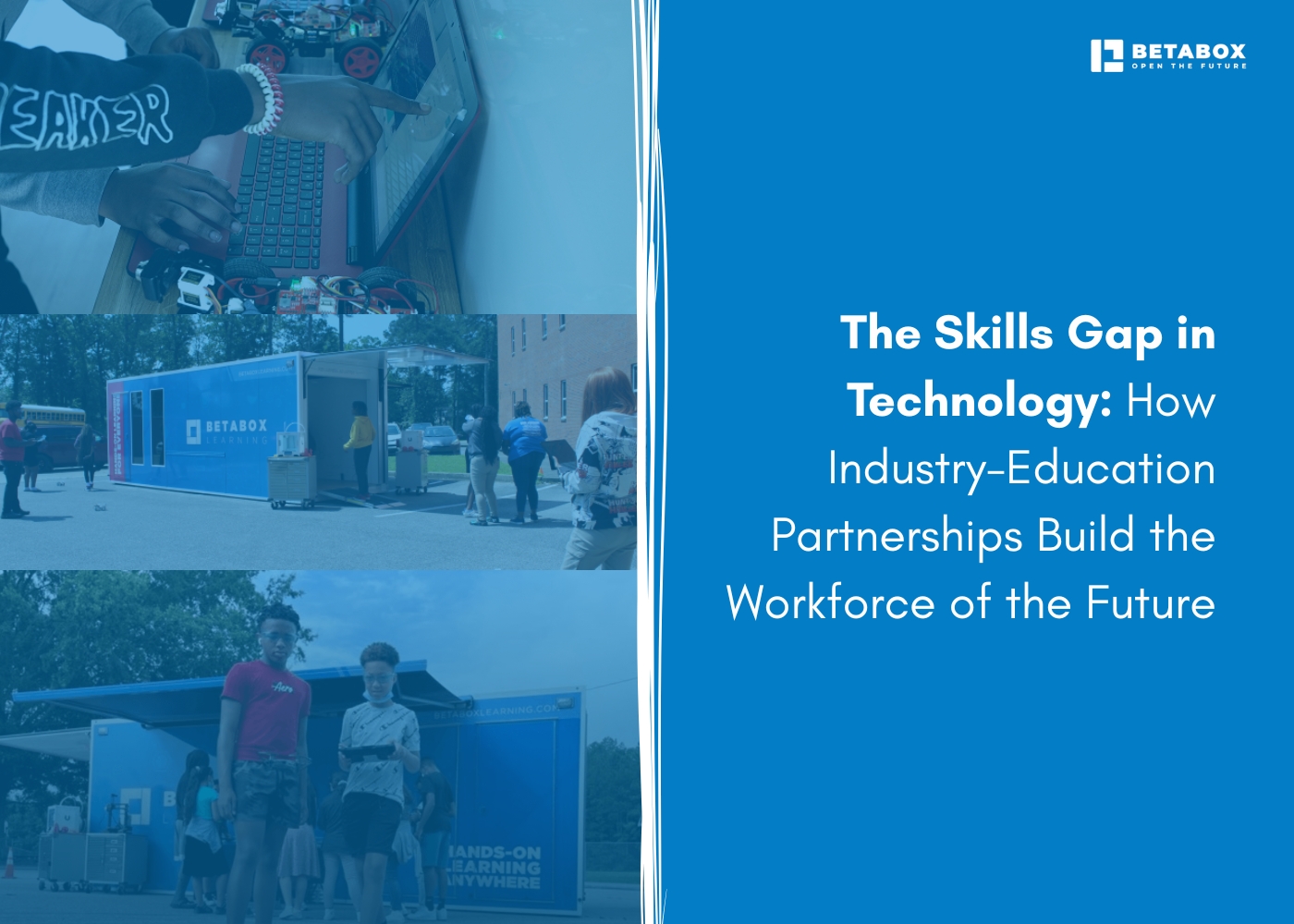

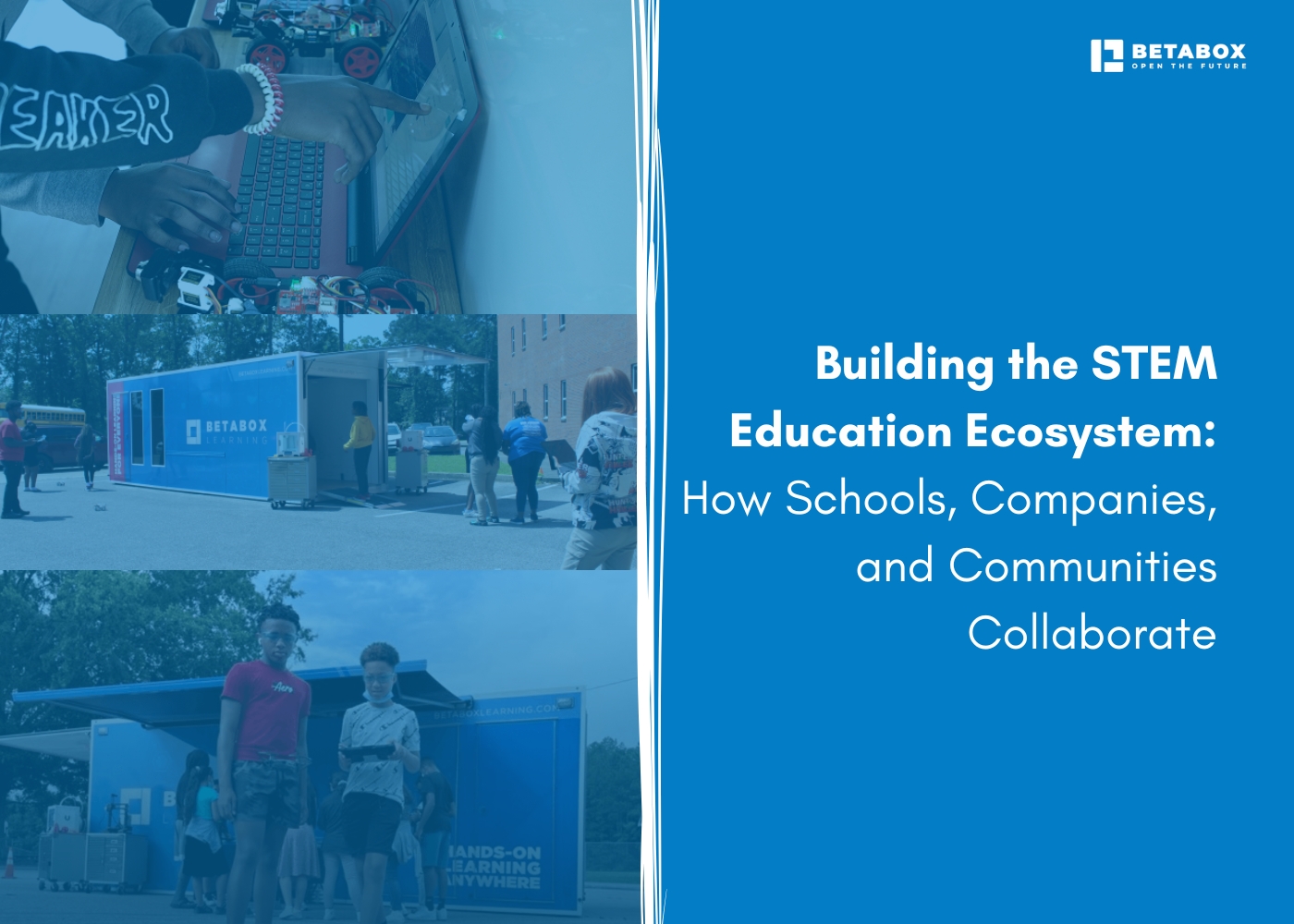

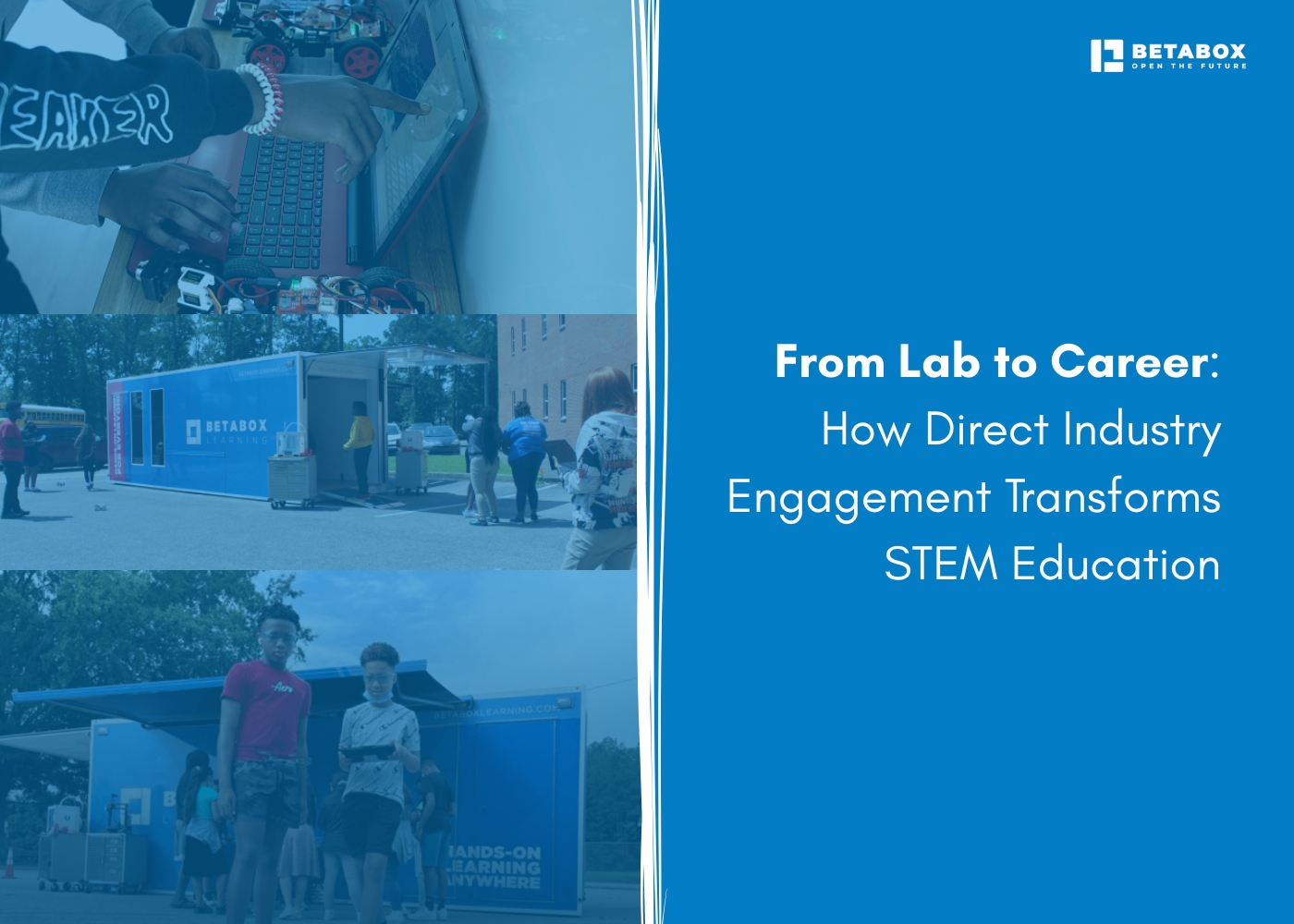

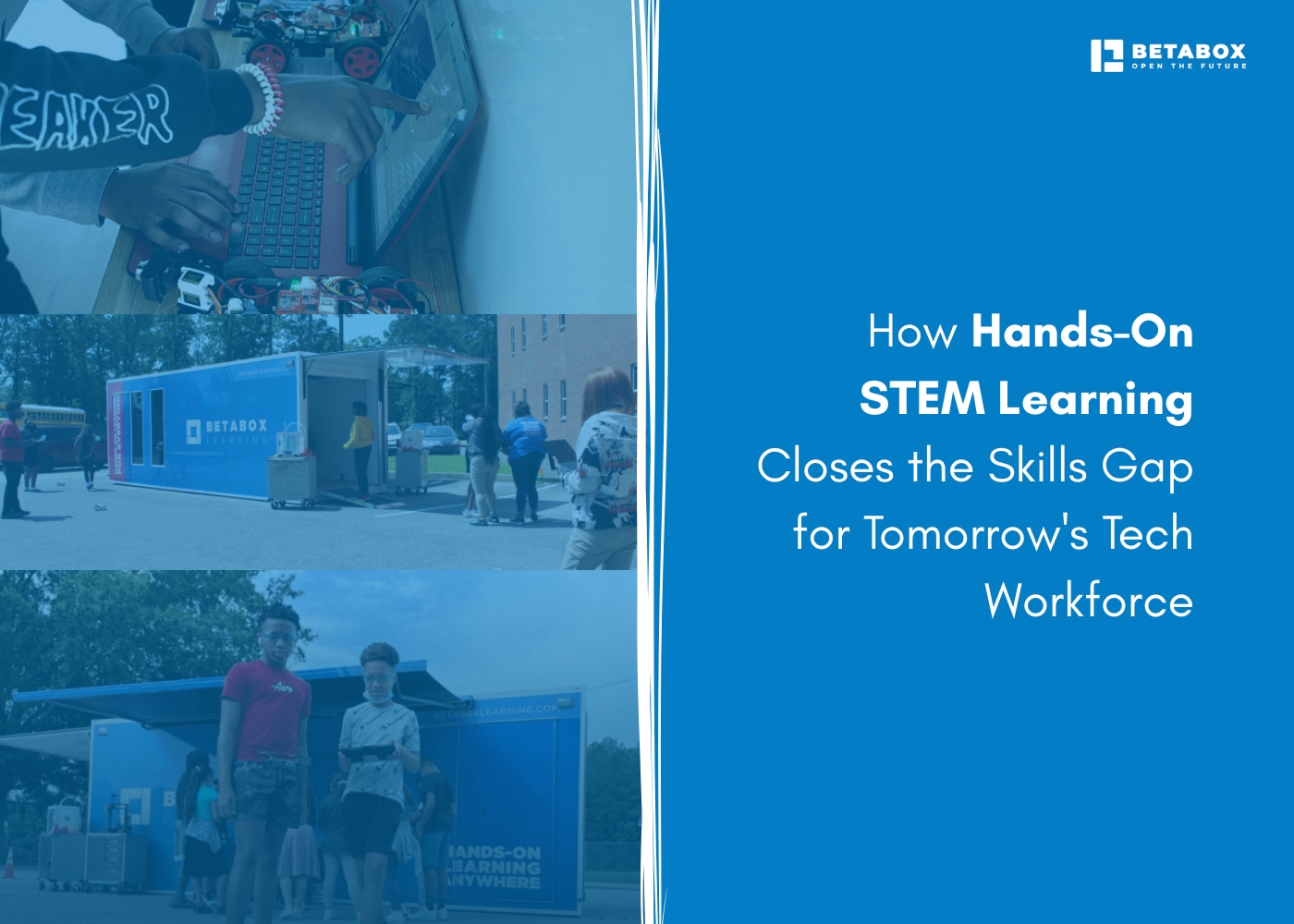

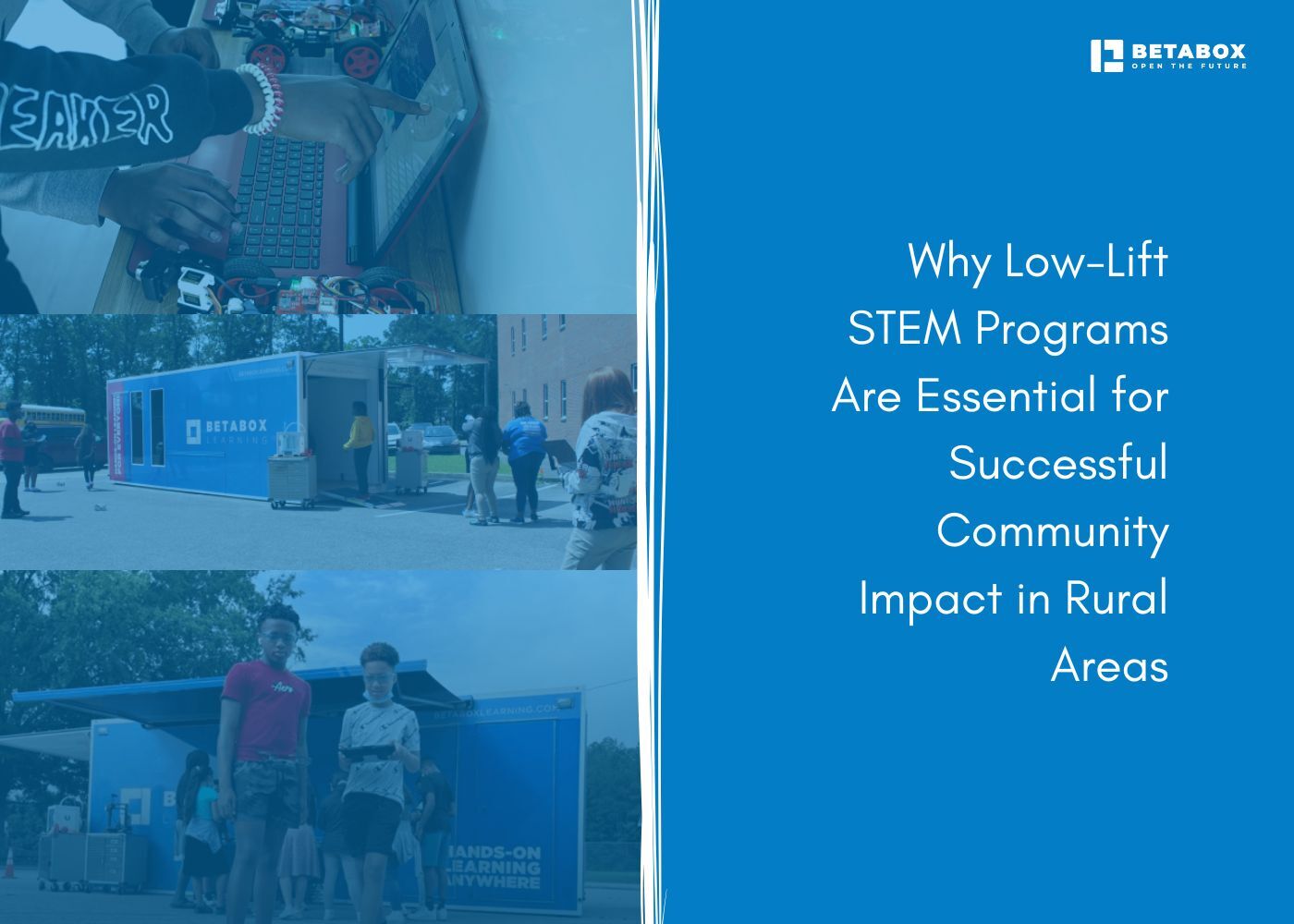

.jpg)

.jpg)

.jpg)

.jpg)



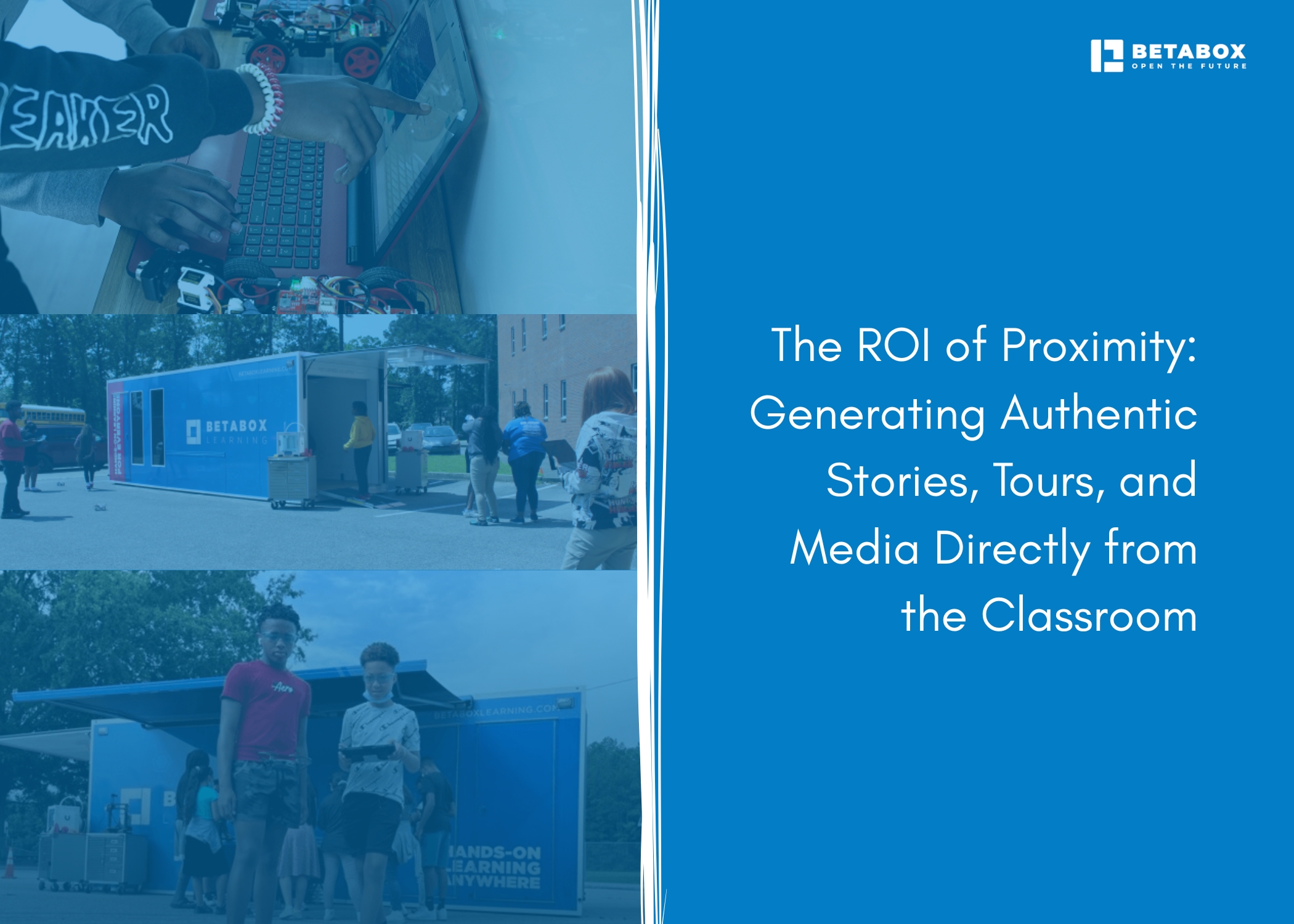

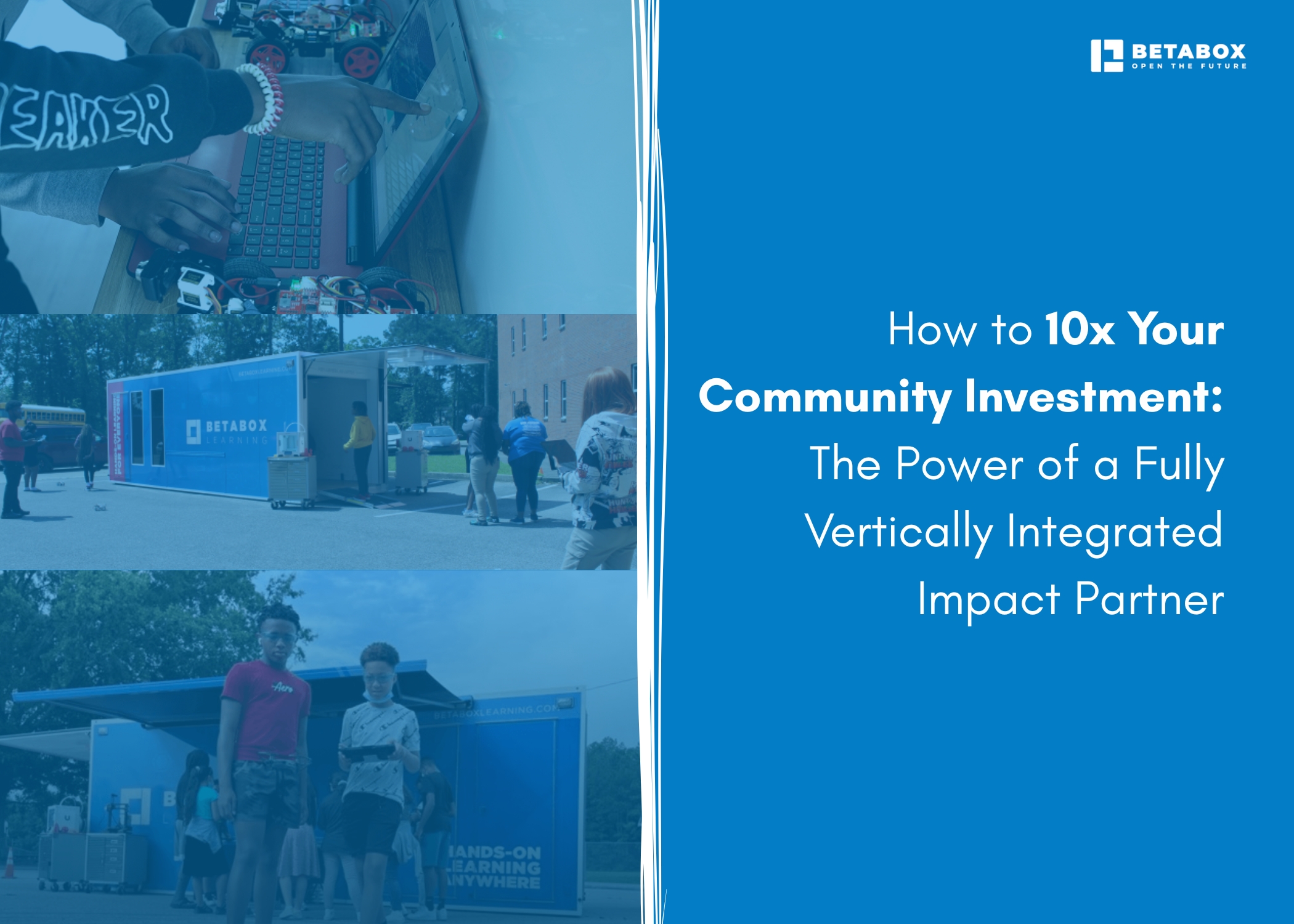

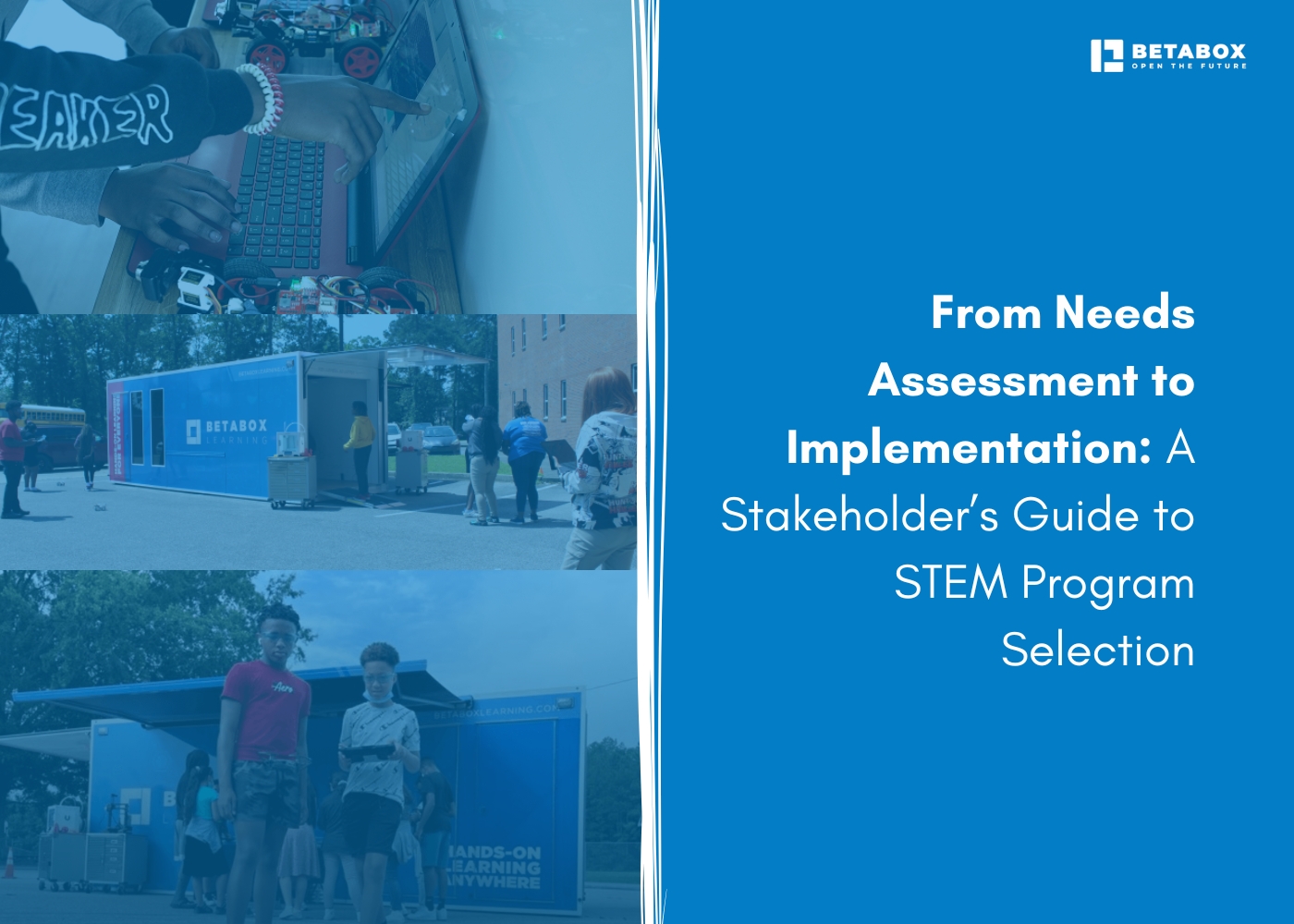

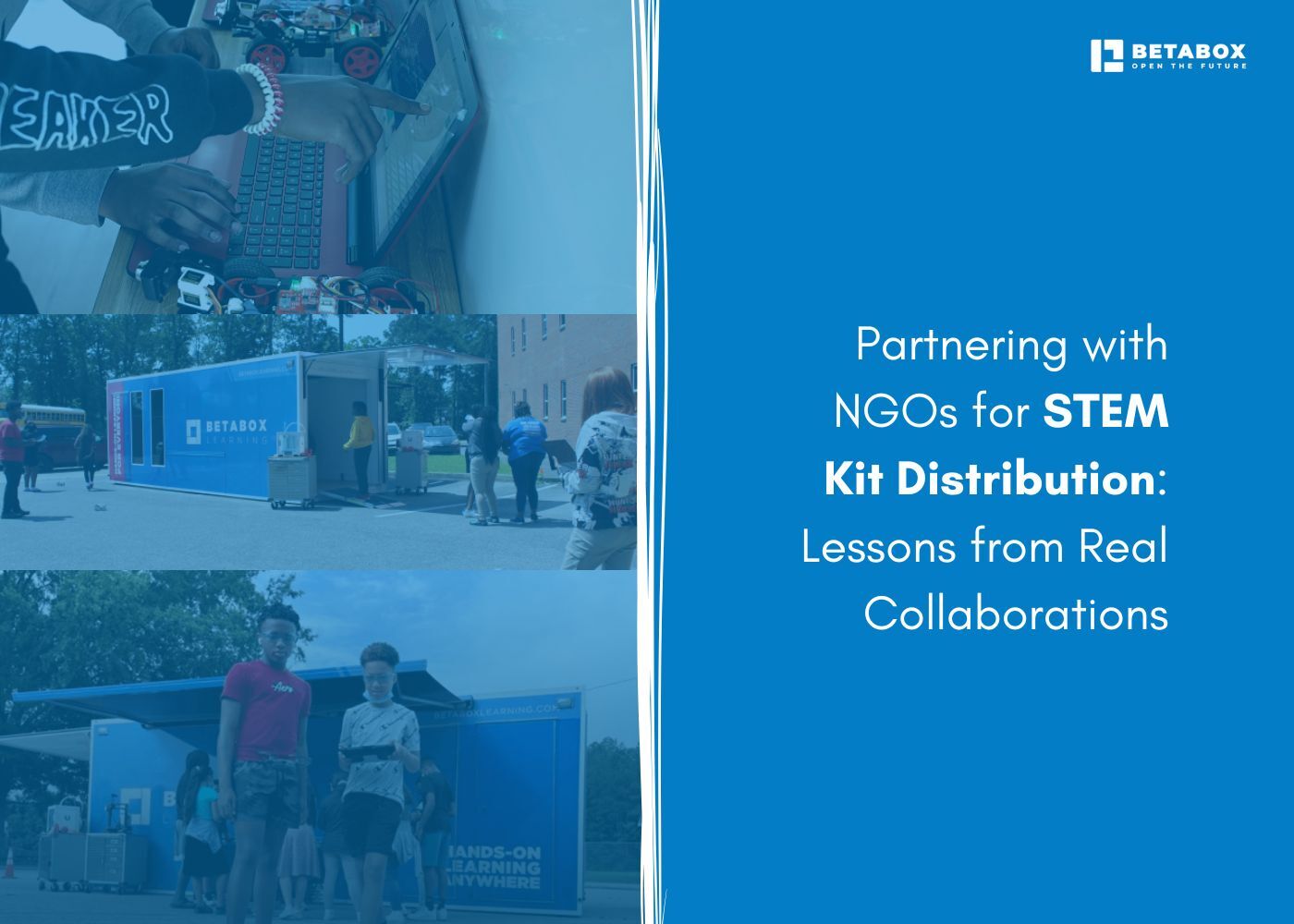

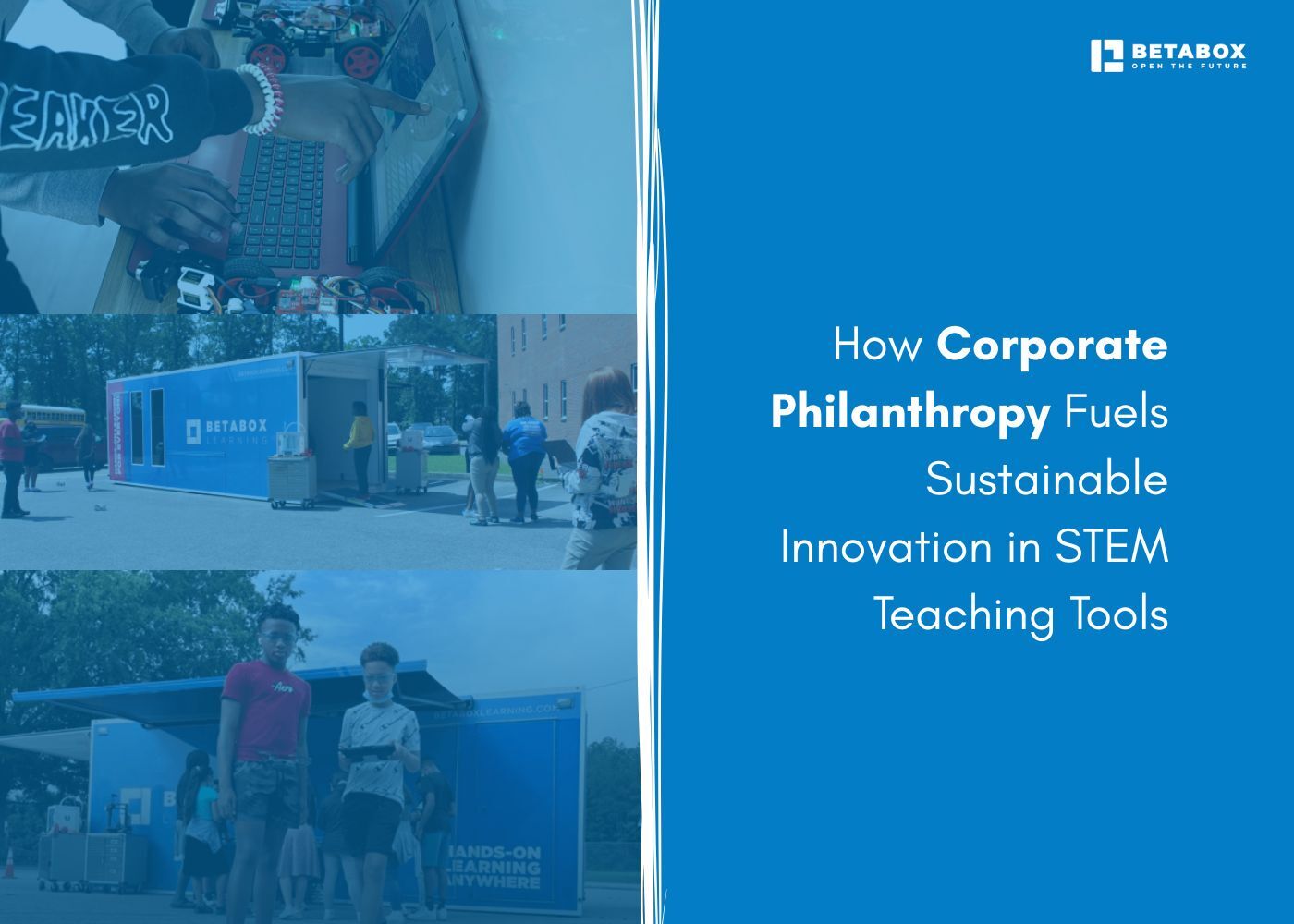

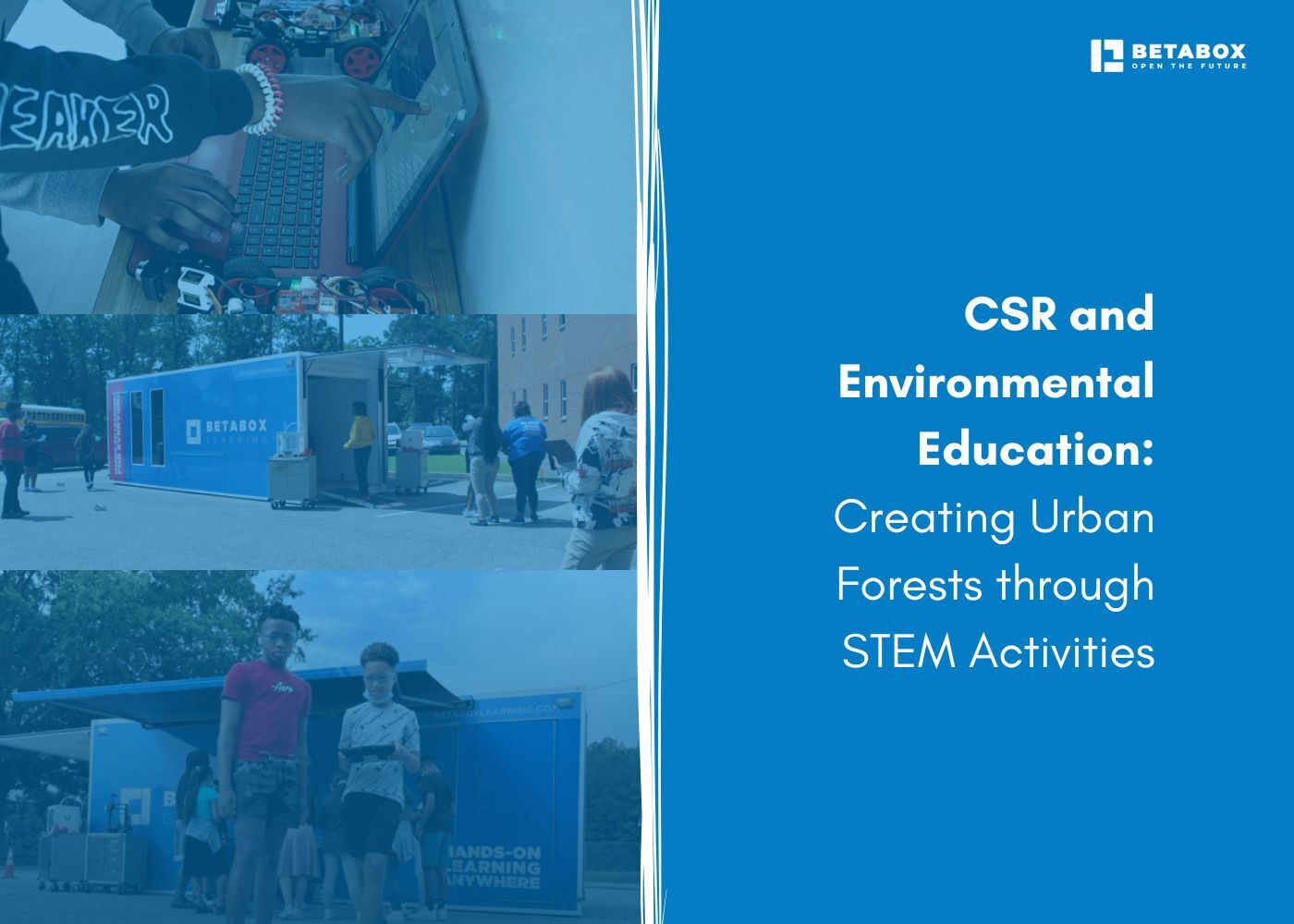

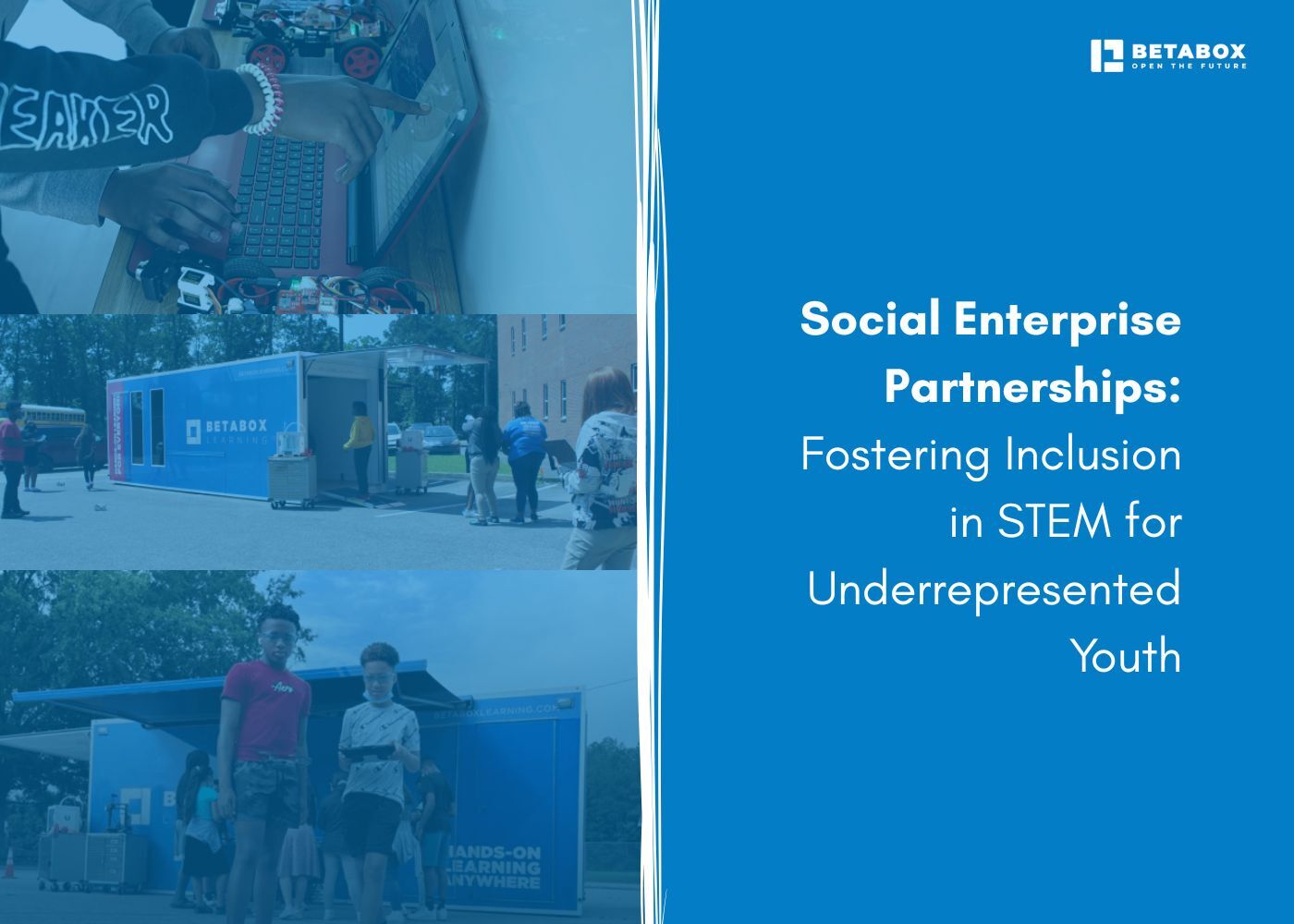

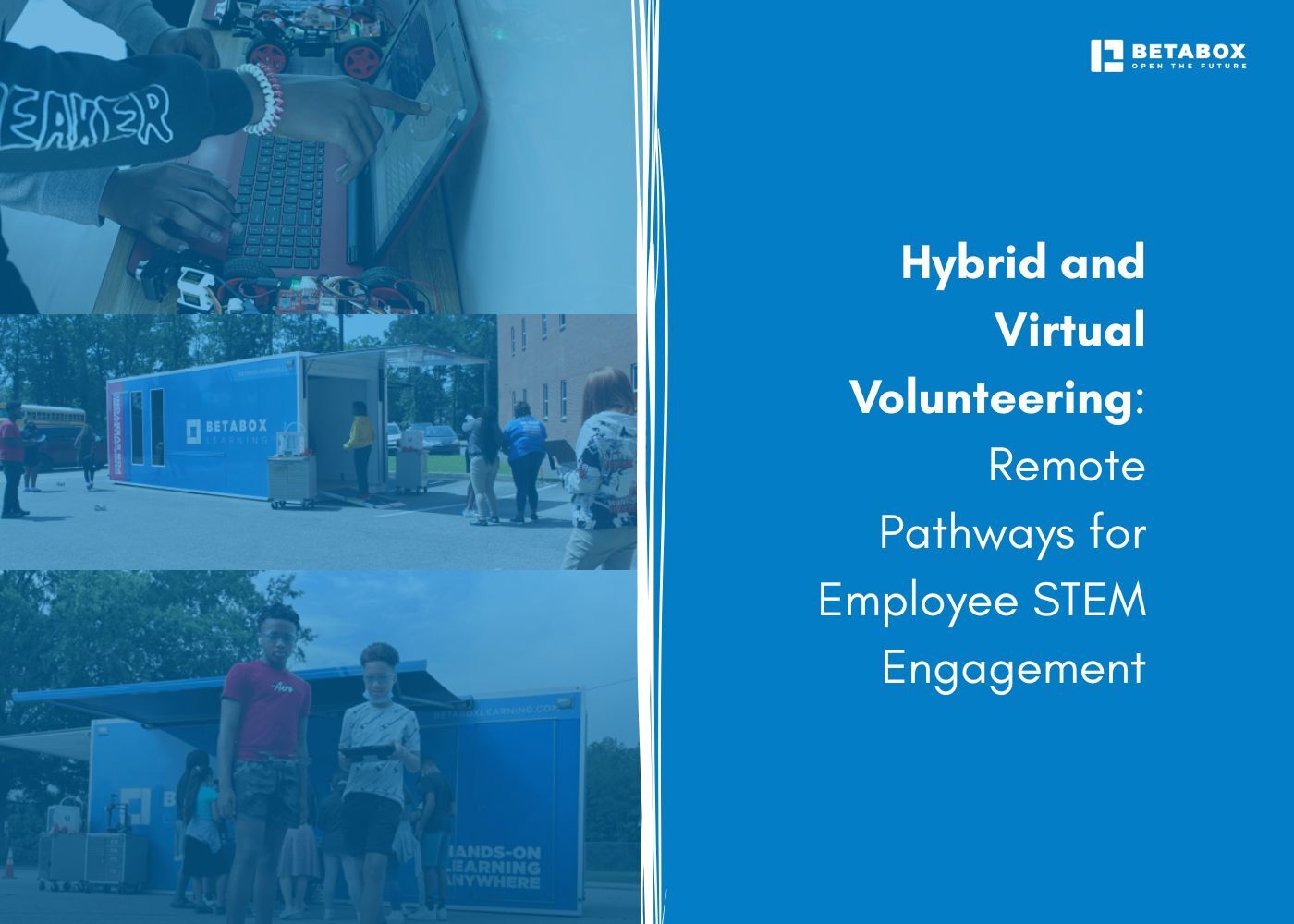

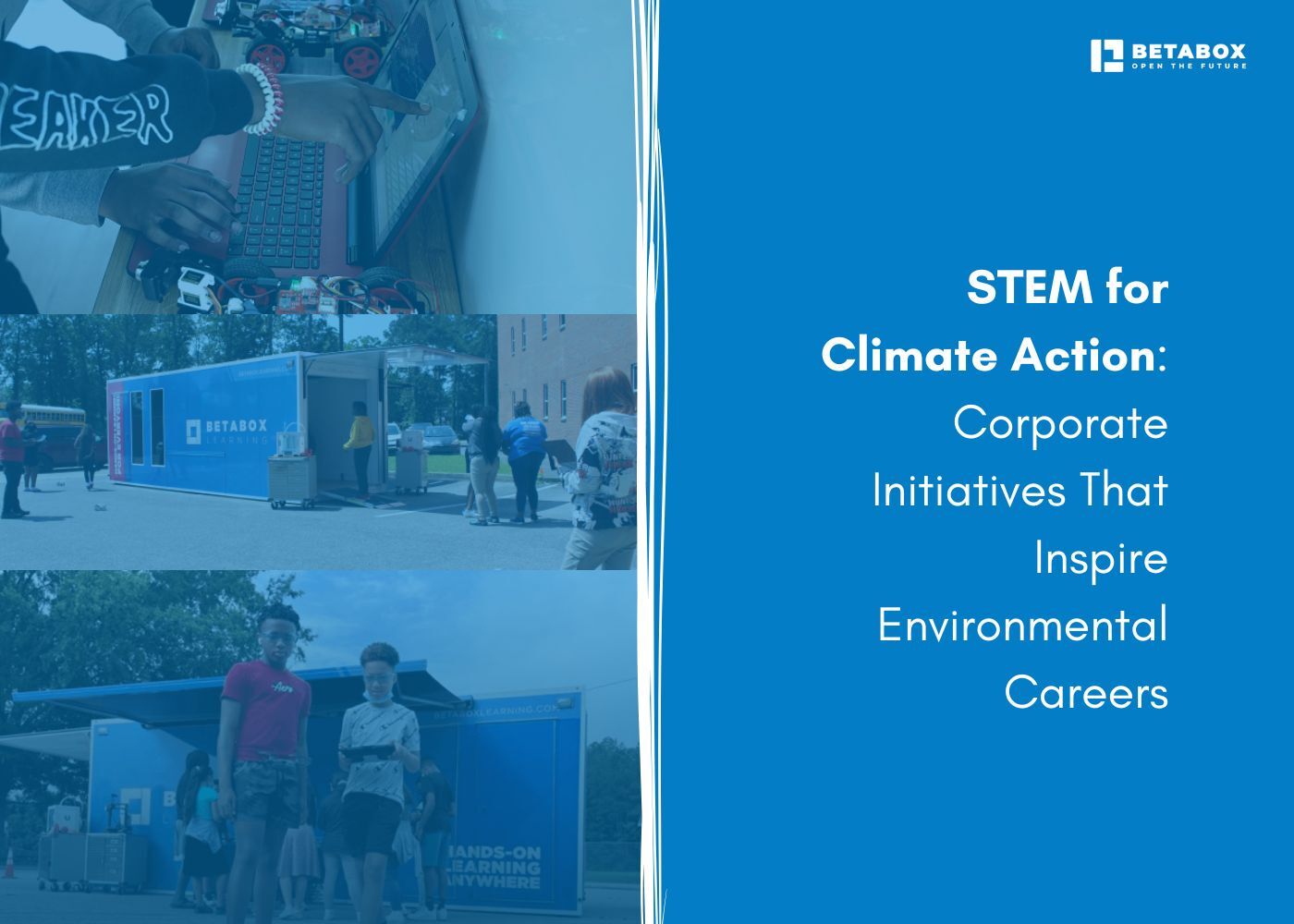



At Betabox Learning, we are passionate about making hands-on STEM curricula accessible to all students.

Join our newsletter to stay in the loop on all things Betabox and the future of STEM education.
By submitting your email address, you agree to our Privacy policy and Terms of Service. You can unsubscribe any time via the link in your email.
© 2025 Betabox. All Rights Reserved
